
AeroGenie — あなたのインテリジェントな副操縦士。
現在のトレンド
Categories
New Evidence Indicates RAT Activation on Crashed Air India Flight
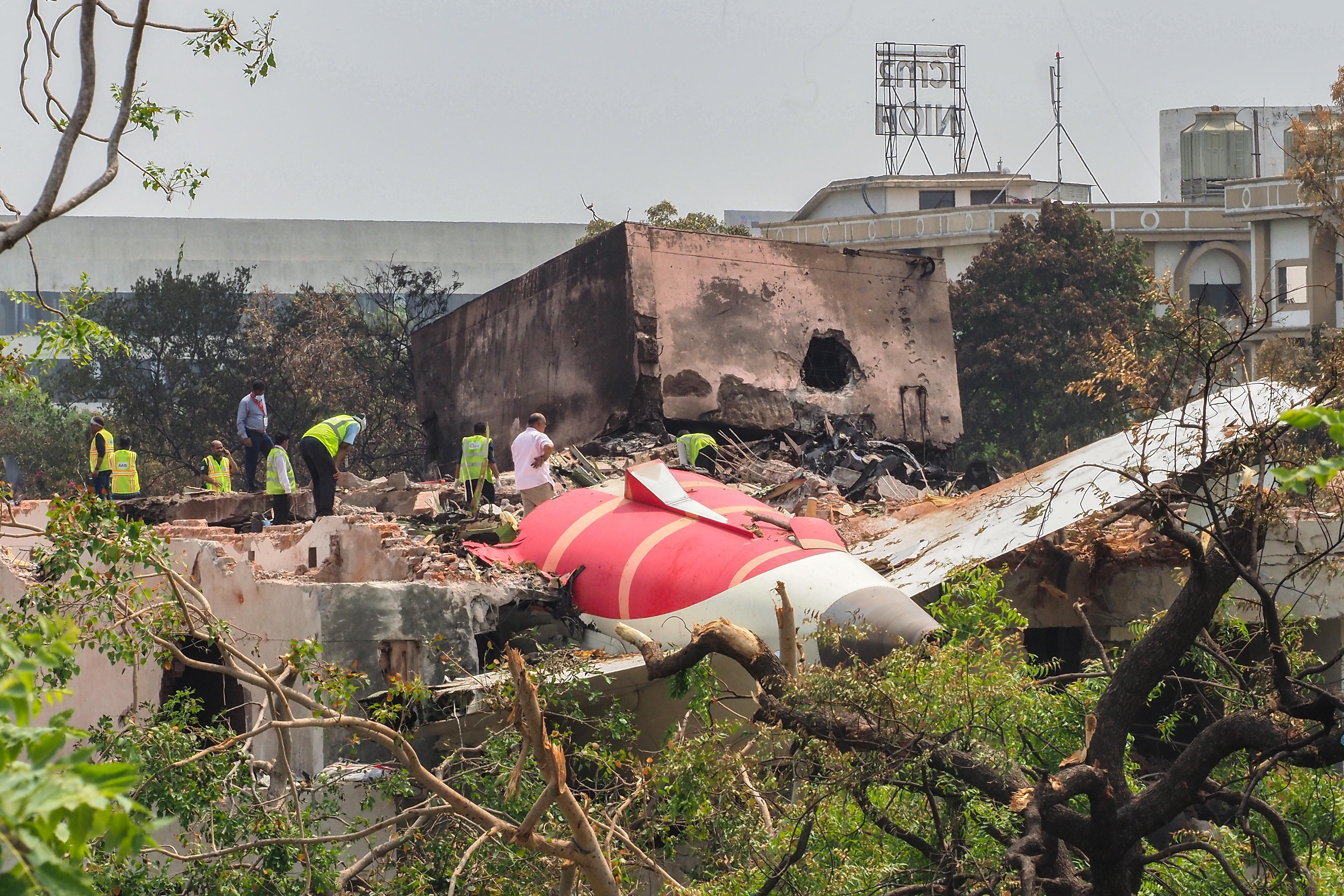
New Evidence Indicates RAT Activation on Crashed Air India Flight
New developments have emerged in the investigation of the Air India Flight 171 crash near Ahmedabad on June 12, which resulted in the loss of over 250 lives. Investigators have confirmed that the aircraft’s Ram Air Turbine (RAT) was activated shortly after takeoff. Experts suggest this finding could be a pivotal clue in understanding the sequence of events that led to the tragedy.
Understanding the Ram Air Turbine
The Ram Air Turbine is a critical emergency device installed on modern commercial aircraft to provide backup power in the event of engine failure. When deployed, the RAT extends into the airstream and harnesses the aircraft’s forward motion to generate electricity and hydraulic pressure. This ensures that essential systems such as flight controls, instrumentation, and communication equipment remain functional despite the loss of primary power sources.
Typically, the RAT deploys automatically if both engines fail or if there is a total electrical power outage. Pilots also have the option to deploy it manually if circumstances demand. The deployment process involves the detection of power loss, mechanical extension of the turbine into the airflow, and subsequent generation of emergency power to maintain basic operational capabilities.
Insights from the Crash Investigation
Aviation sources have indicated that the RAT on Flight AI171 was activated soon after the aircraft lifted off, implying a sudden and severe loss of engine power. Notably, the aircraft utilized the entire 3.5-kilometre runway for takeoff, which exceeds the usual 2.5 to 3 kilometres required for this model. Prior to departure, no abnormalities were reported, and weather conditions were stable, making the abrupt failure and rapid descent all the more confounding for investigators.
An airport official confirmed that there were no requests from the flight crew to alter runway assignments, engine thrust settings, or flap configurations. The routine nature of the takeoff, combined with the RAT’s activation, strongly suggests a catastrophic dual engine failure or a complete electrical power loss shortly after liftoff.
Broader Implications for Air India and the Aviation Sector
This crash occurs at a sensitive juncture for Air India, which is in the midst of a comprehensive transformation under its Vihaan.AI initiative aimed at modernizing operations and restoring the airline’s global standing. The disaster threatens to disrupt this progress and raises renewed concerns about aviation safety standards in India.
Industry analysts warn that the incident is likely to tighten conditions in the aviation reinsurance market, with significant consequences for insurers and reinsurers both domestically and internationally. The fallout may also affect Boeing, the manufacturer of the aircraft, and could cast a long shadow over India’s broader ambitions in the aviation sector.
As the investigation continues, the activation of the Ram Air Turbine remains a central focus for authorities attempting to reconstruct the events that culminated in one of India’s deadliest aviation disasters in recent memory. The findings are expected to influence not only Air India’s future but also regulatory frameworks and safety protocols across the industry.

Royal Jordanian to Refurbish Boeing 787-8 Fleet
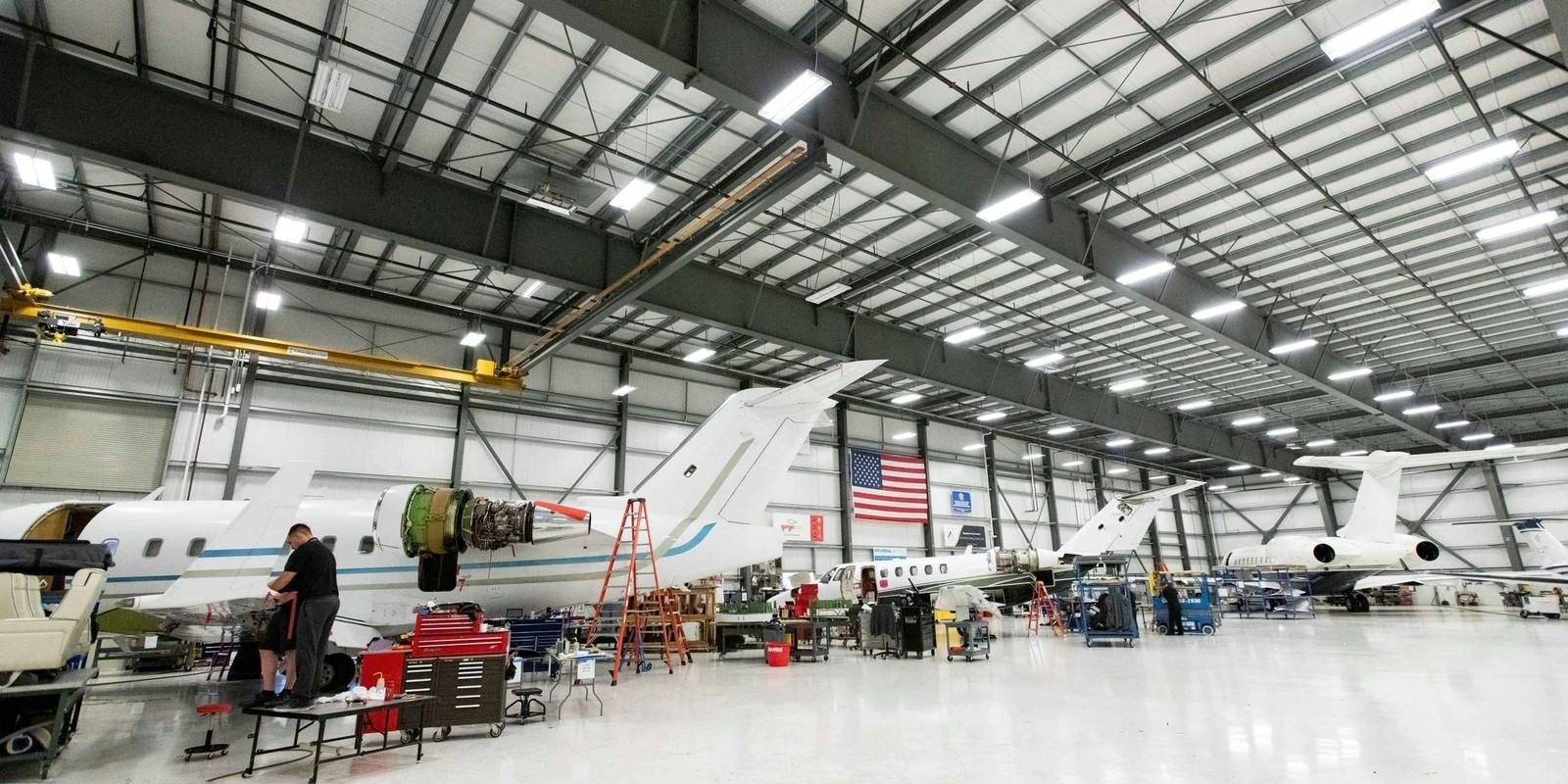
Expert Calls for Policy Reform to Boost Local MRO Investment and Reduce $1 Billion Maintenance Costs
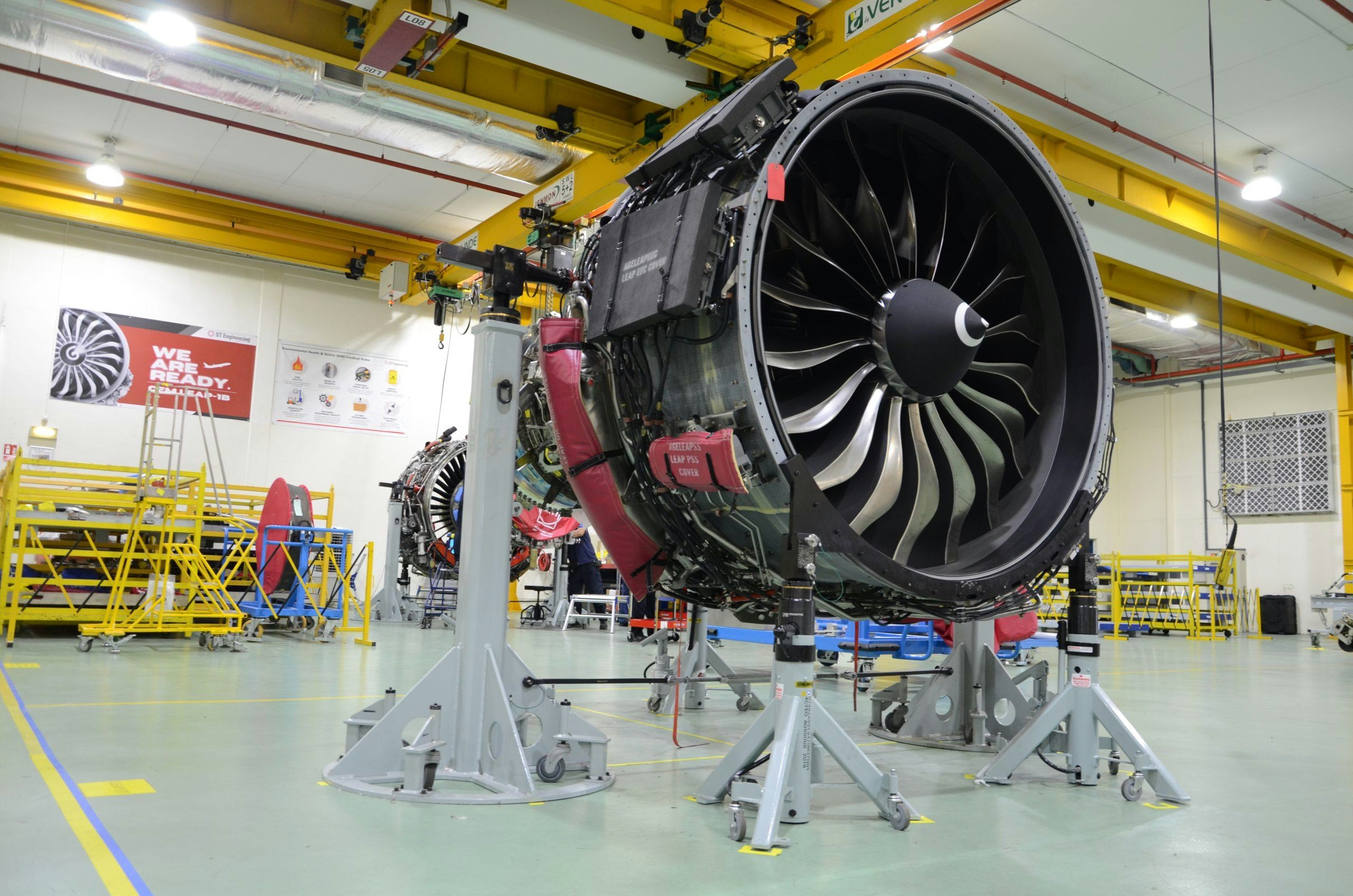
MRO Update: October 21, 2025
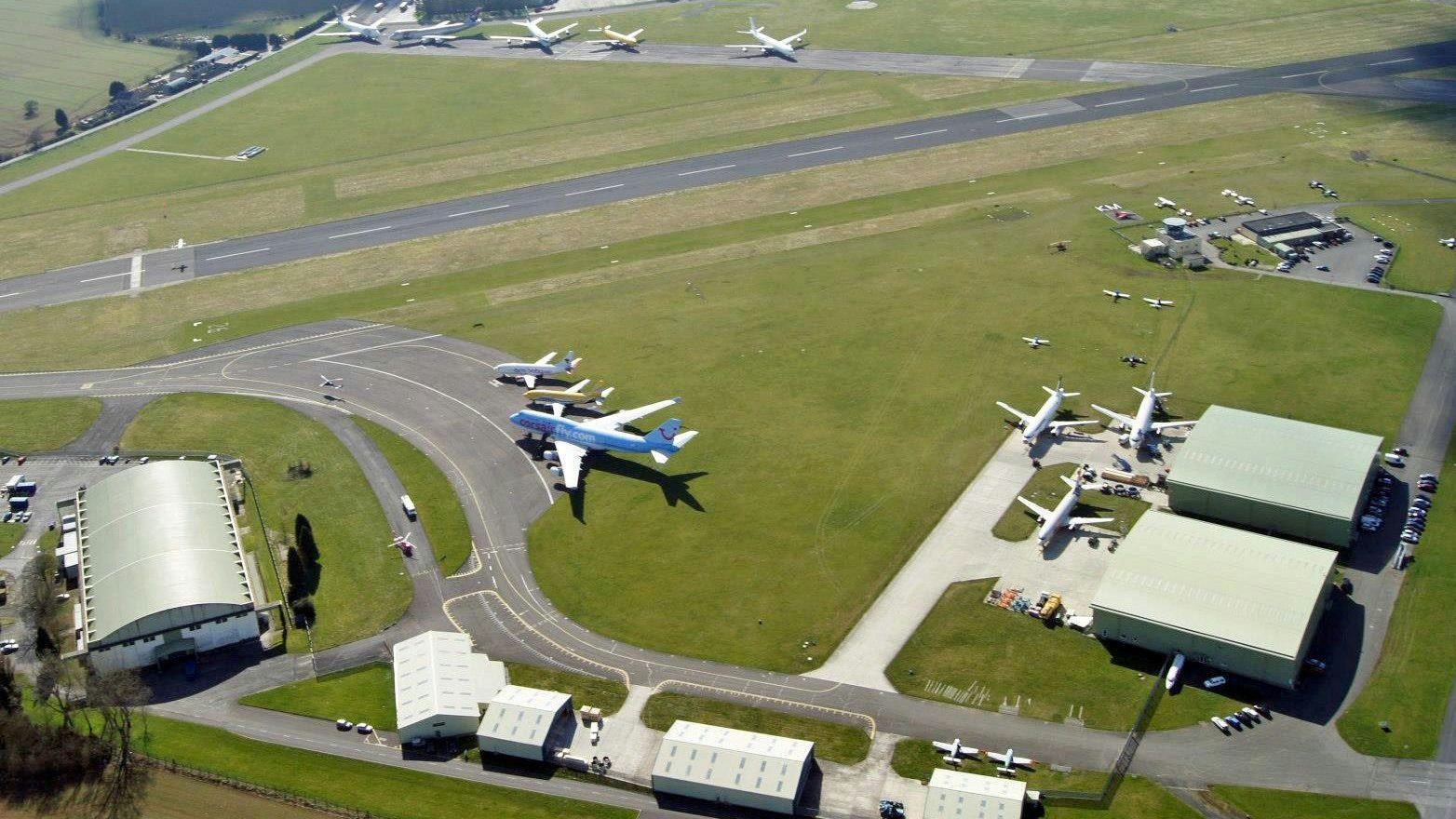
Young Aircraft Retired Early for Engine Salvage
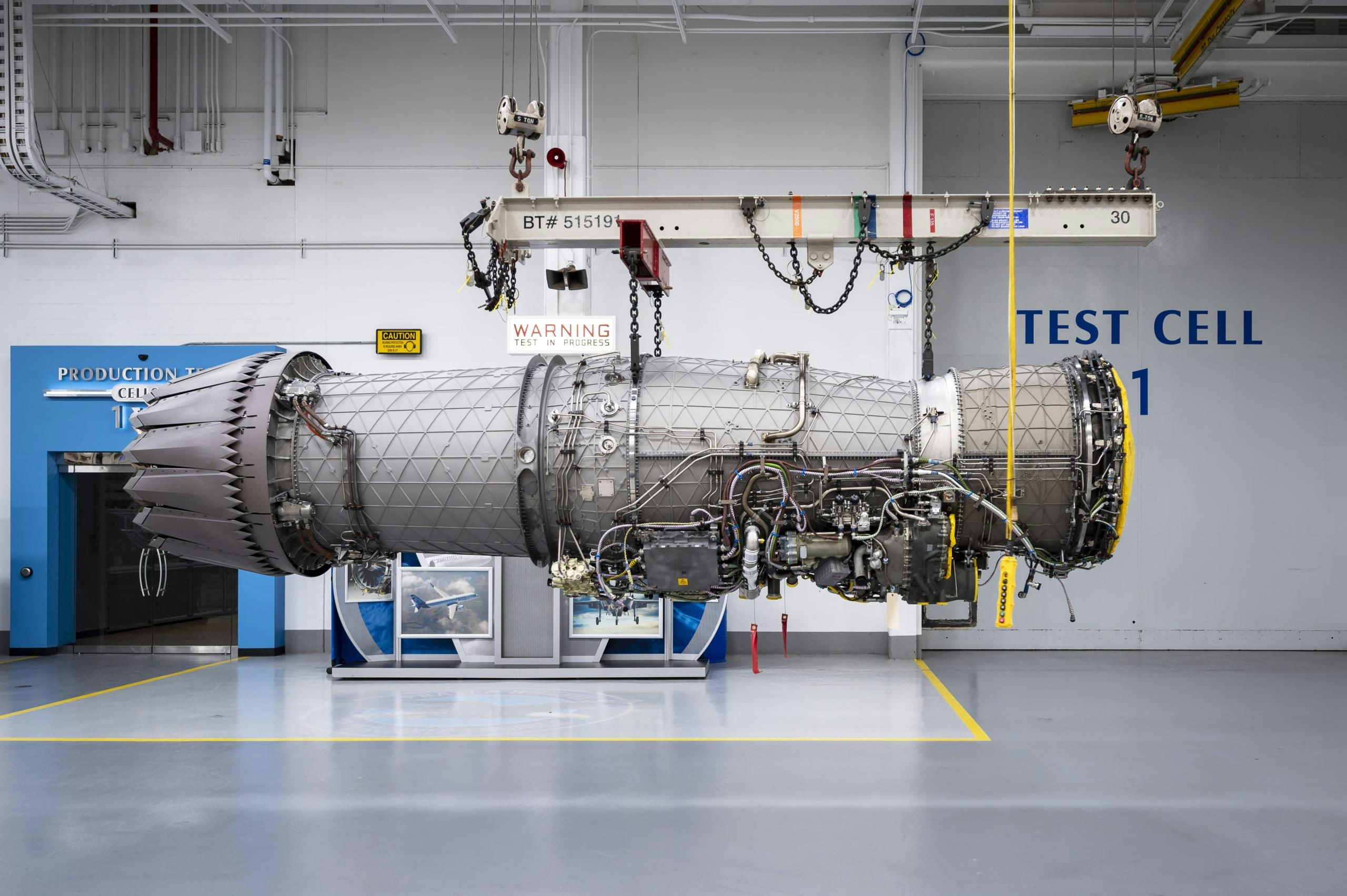
Data Centers Adopt Aviation Engines for Power Generation
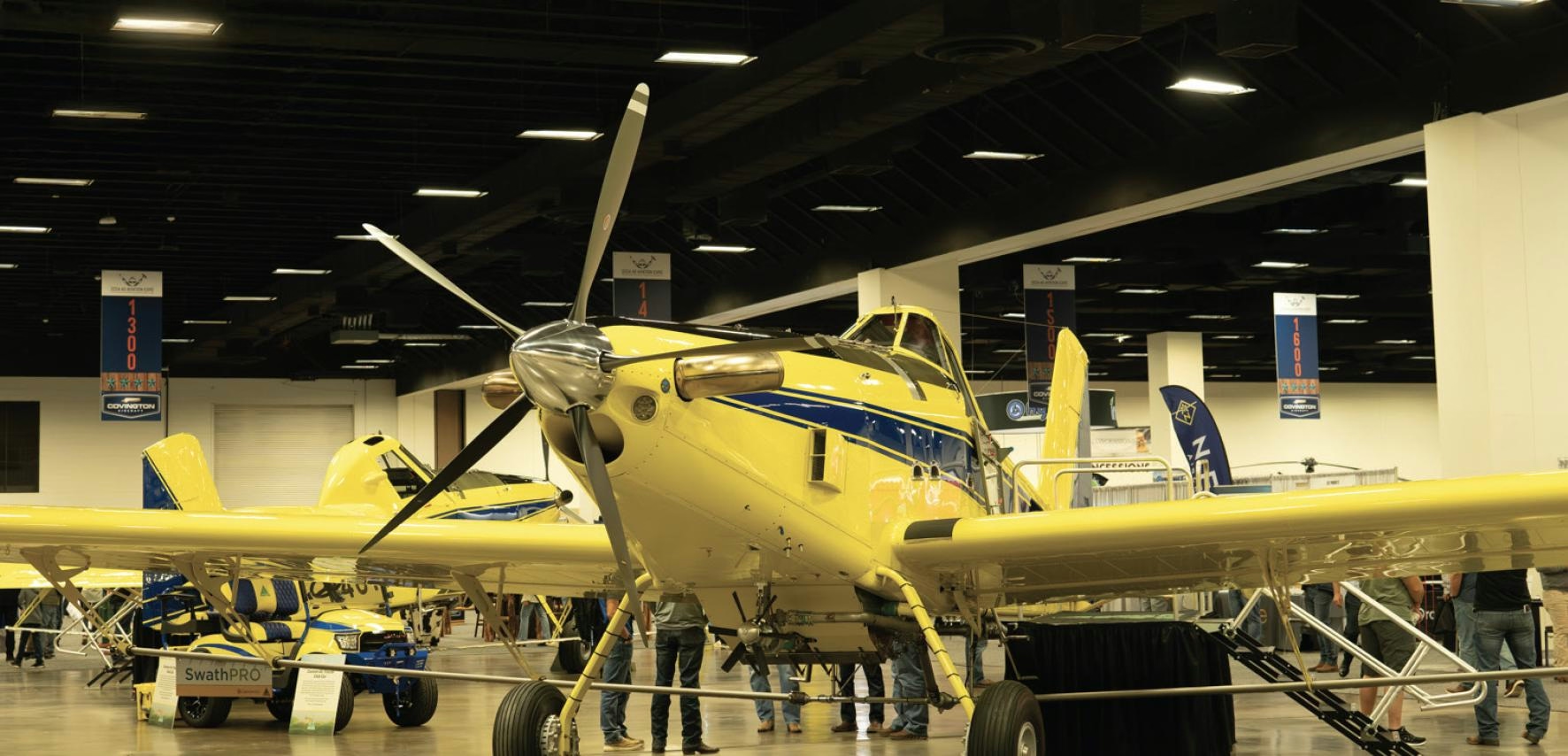
Turbine Conversions Ltd. Marks 35 Years in Ag Aviation and 25 Years of Single Point Fueling
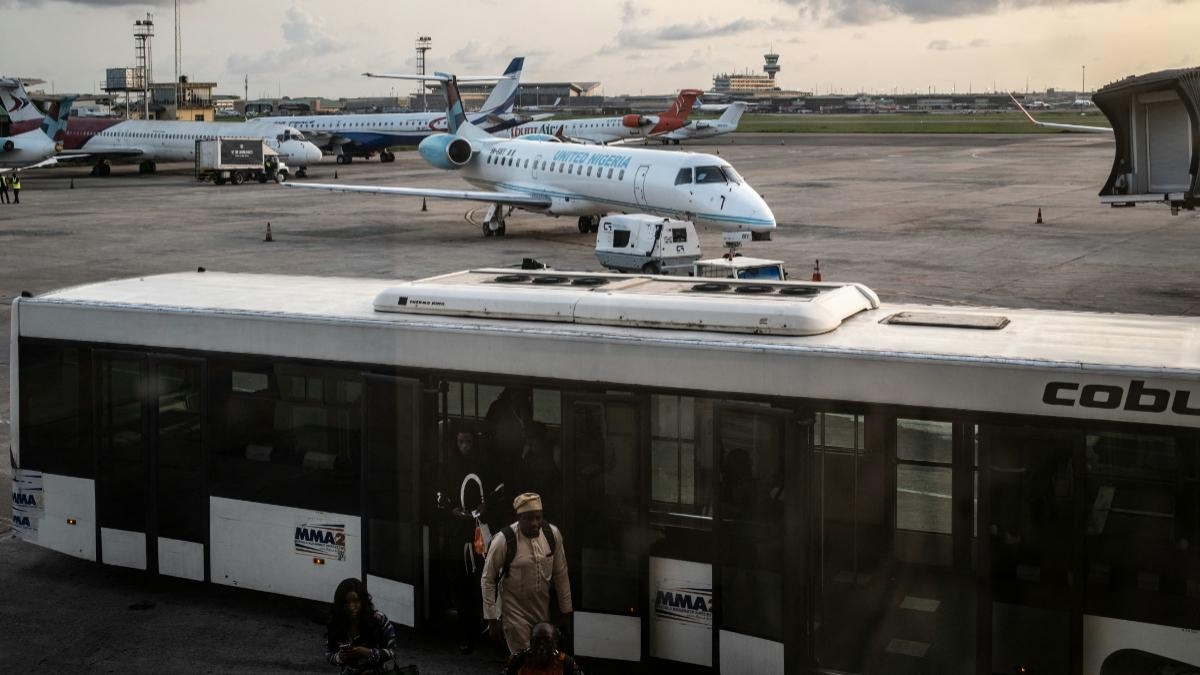
Brazilian, Chinese, and UK Airlines Target Nigerian Domestic Market for Expansion

Archer Aviation Expands Partnership with Korean Air

Ghana's Century Aviation Plans Air Taxi Service with C408 Aircraft
